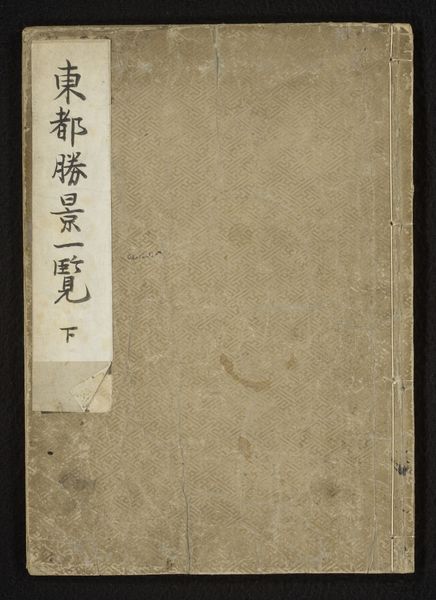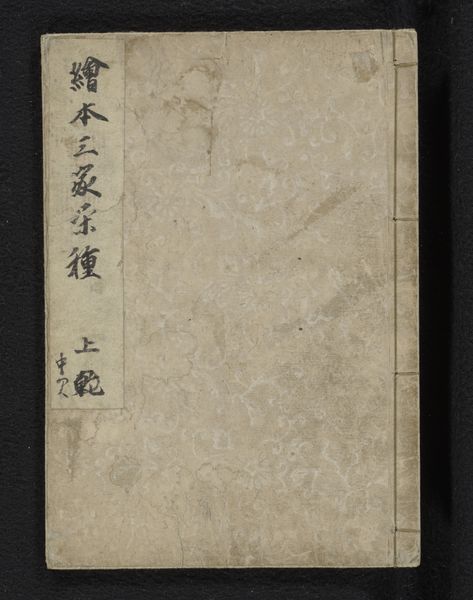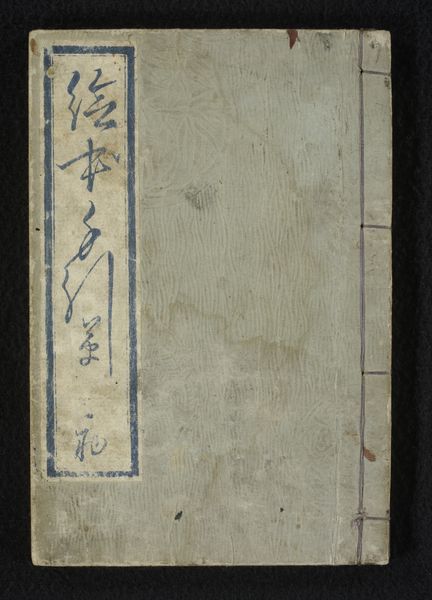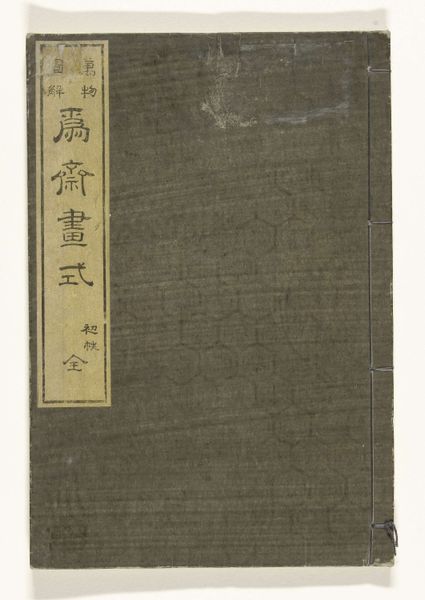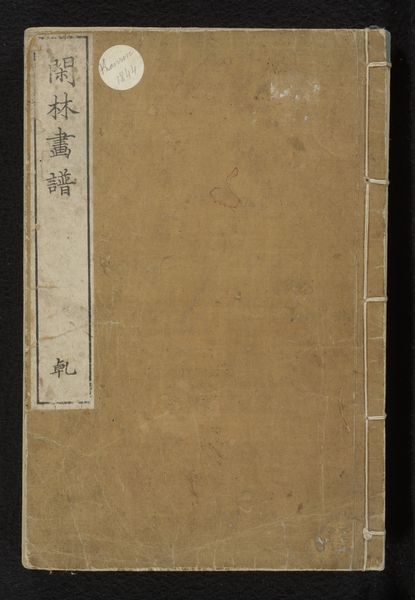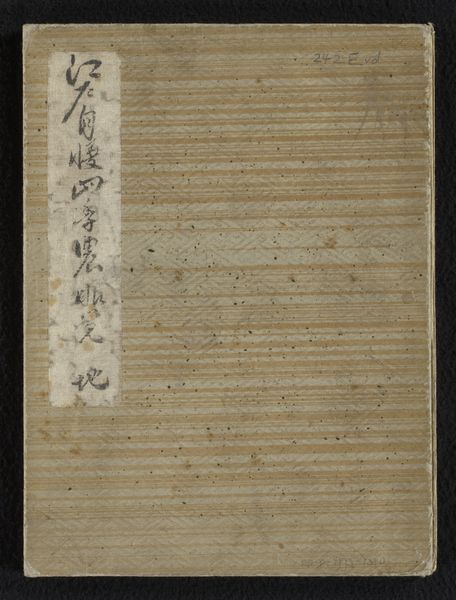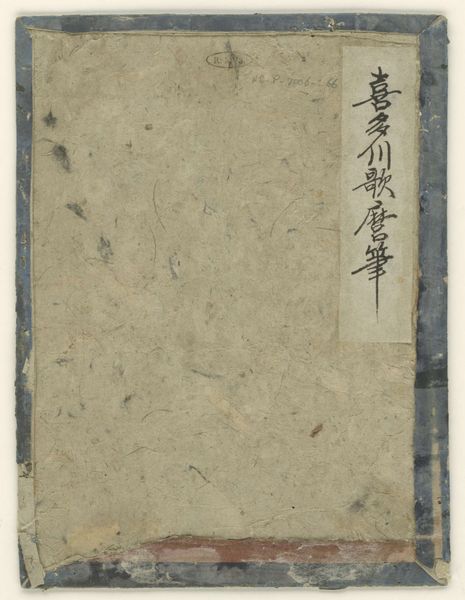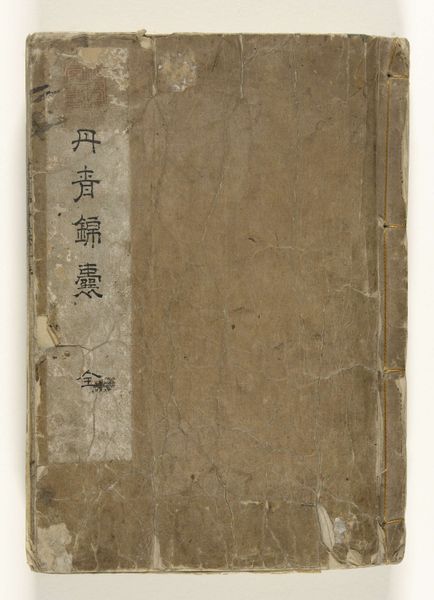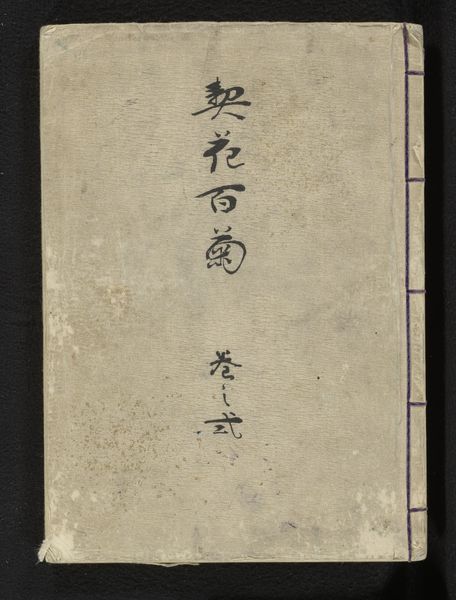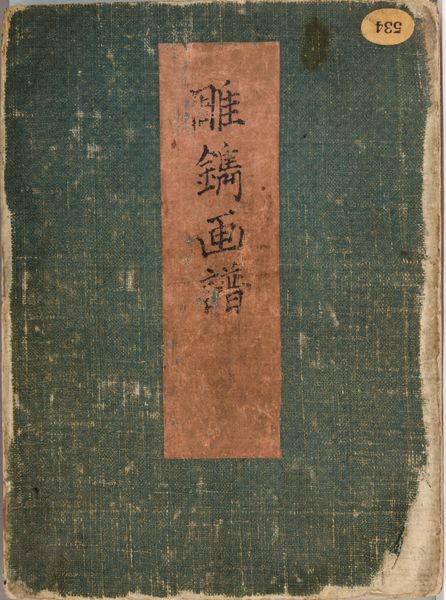
collage, print, paper, photography
#
collage
# print
#
asian-art
#
paper
#
photography
#
coloured pencil
Dimensions: height 250 mm, width 175 mm
Copyright: Rijks Museum: Open Domain
Curator: Right, let’s dive into this captivating object. What we're looking at is "Verzameling overzeese personen (deel 2)", which translates to "Collection of Overseas People (part 2)." It's dated 1854. The work appears to combine collage, printmaking, photography, and coloured pencil on paper. Quite the mixed media affair for its time, don’t you think? Editor: It has the aura of a well-worn book. Pale, quiet, reserved... but something about the title block's stark lines, sitting proud of the faded surface, feels firm. I wonder if this firmness extends to the representation within the text. Curator: Ah, yes! So, “Collection of Overseas People." Considering the date, I am curious about the political landscape surrounding representation, trade, and colonialism between Asia and other parts of the world during the mid-19th century. What kind of narratives would this collection offer to its viewers? Editor: It’s unsettling. "Overseas people"...such a distanced and objectifying label. I keep thinking about Edward Said and Orientalism – that sense of the 'other' being constructed and, to an extent, controlled, through representation. Is this documentation, or a type of... well, cataloguing? A subtle assertion of power? Curator: That tension between documentation and “cataloguing” as a mode of asserting control is such an important observation to be considered in this artwork! On another note, what impact might its production have on the relationship between artist and subject, if the “overseas people” never have access to the archive it creates? Editor: Exactly, it prompts me to think about the colonial gaze, its impact on the photographed/documented "overseas" subjects. What narratives were prioritised, and whose perspectives were excluded or marginalised in constructing this collection of 'overseas persons'? This book speaks to me about silenced voices. Curator: Silenced voices… it's true. It's both a portal to the past and a mirror reflecting our present, raising essential questions about the act of representation itself. Editor: Absolutely. This work offers us a peek into a complex moment in history, but, perhaps even more significantly, an ongoing commentary of our position as viewers within a global landscape that never offers us a neutral viewing spot.
Comments
No comments
Be the first to comment and join the conversation on the ultimate creative platform.

